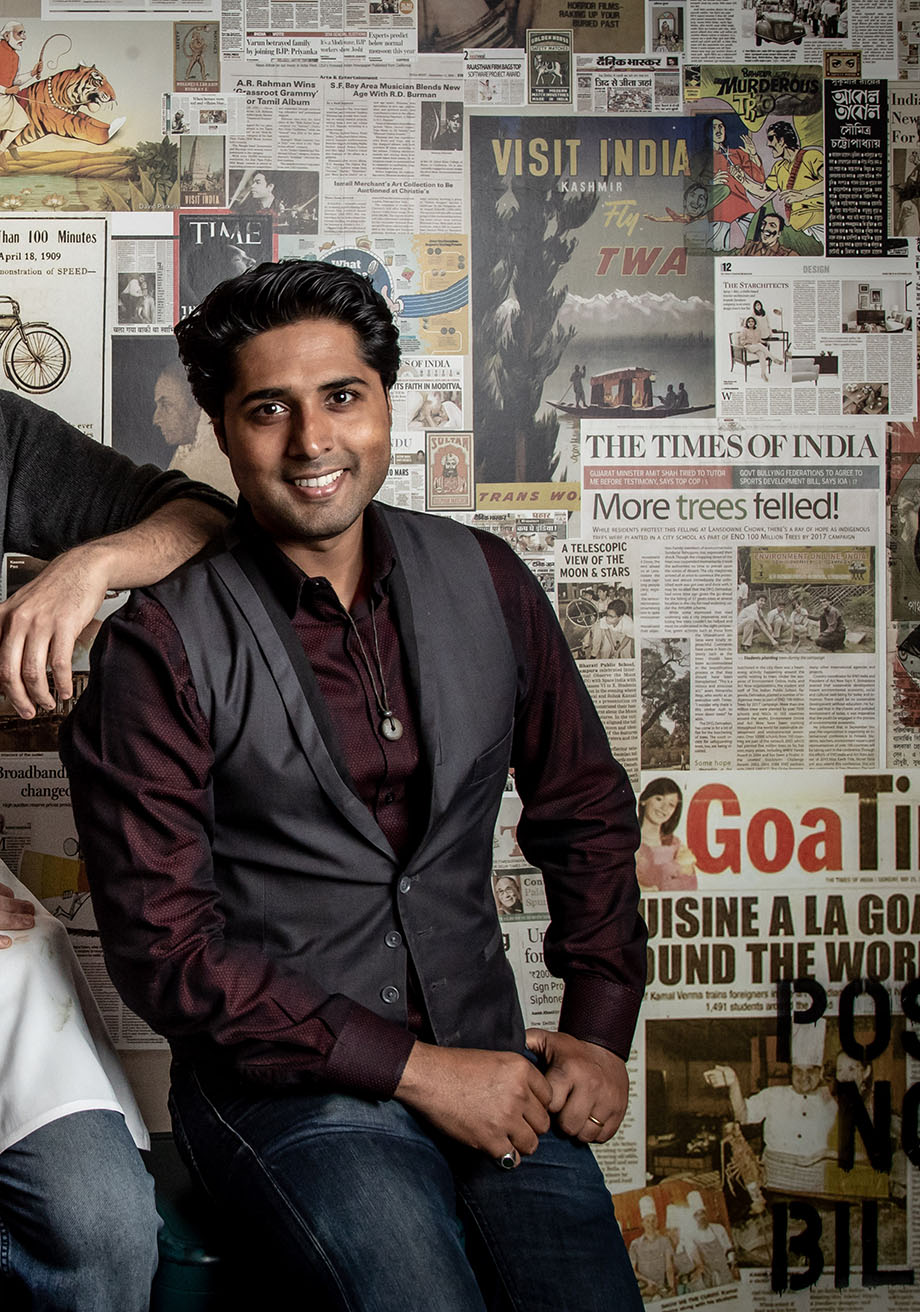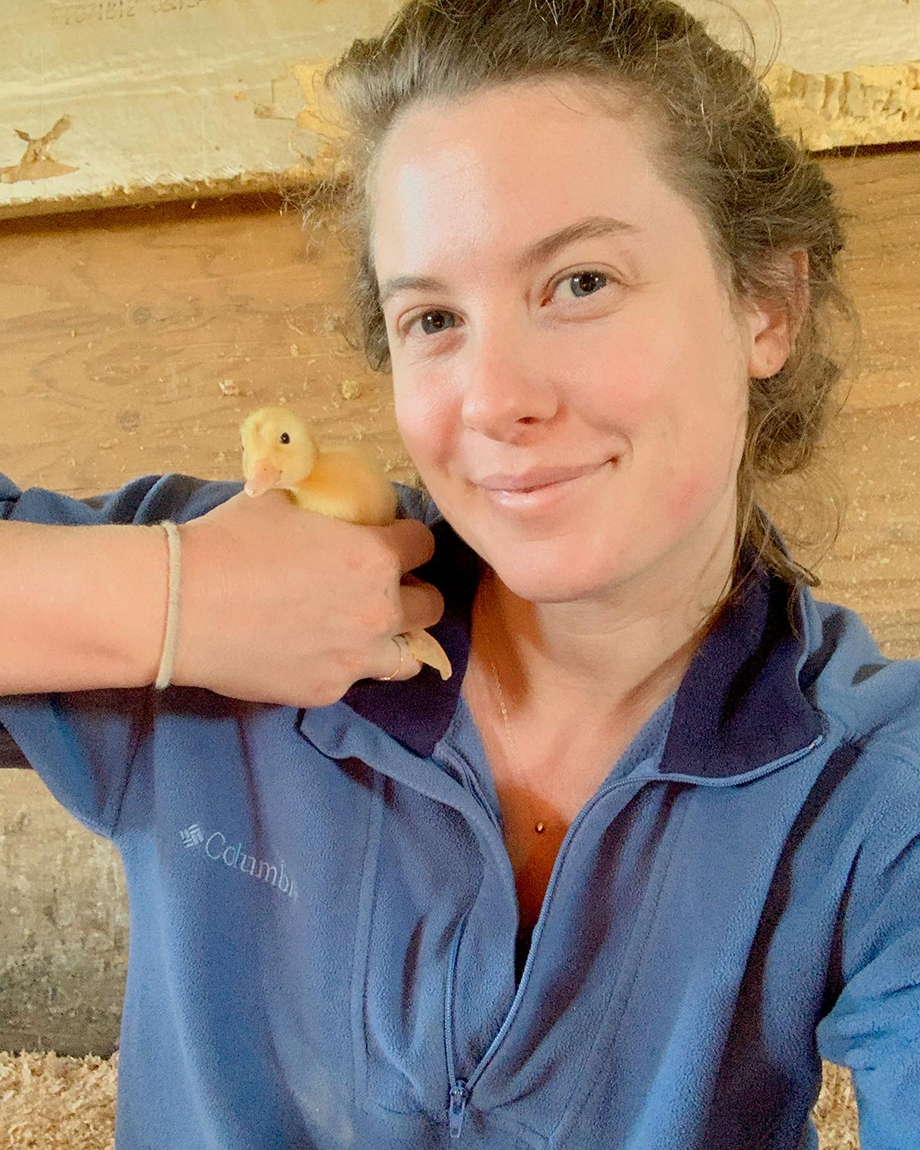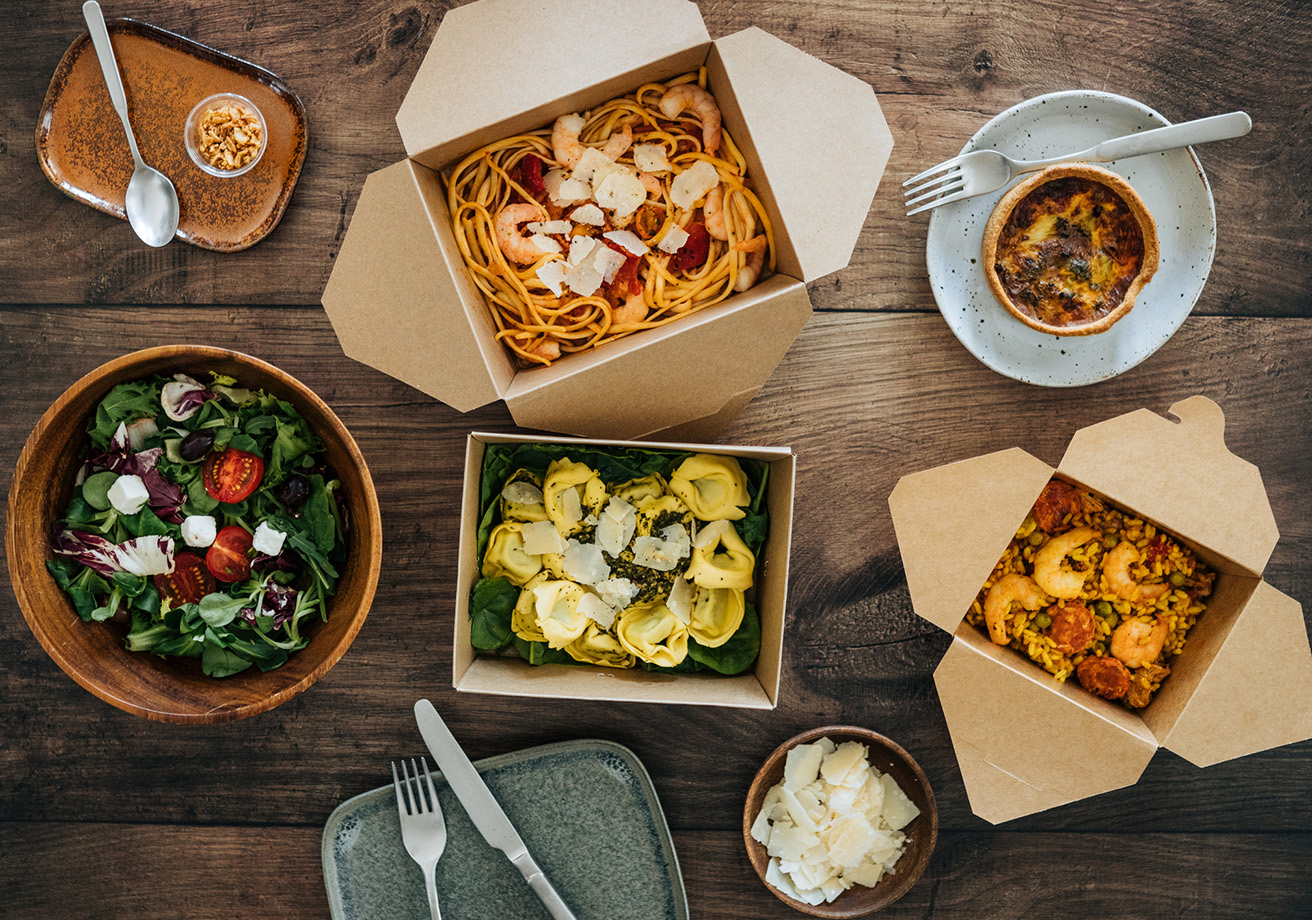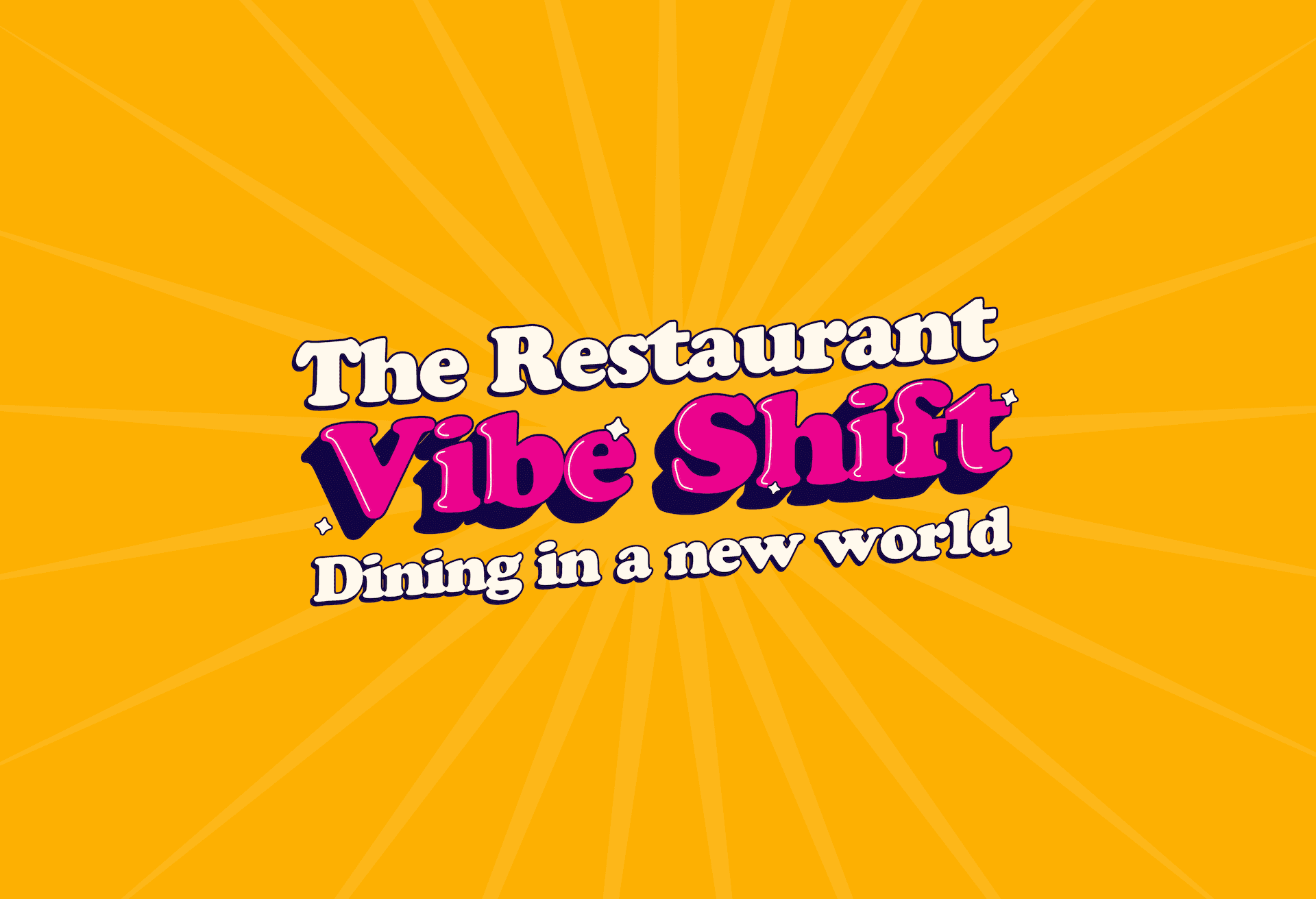More than six months into the coronavirus pandemic, restaurants as we once knew them are fundamentally changed. For insight into what’s to come, experts across the industry — chefs, restaurateurs, media, producers, sommeliers, and activists — shared what they predict. The stories in this series explore diversifying revenue streams; ensuring diversity, equity, and inclusion; building a deeper community connection; nurturing a healthier workforce; and joining together to survive. This is the future of restaurants.
Long before the pandemic took hold, restaurants were flexing from traditional dine-in service to meet diners’ evolving preferences. The past decade saw the rise of “fine casual,” melding counter service with locally sourced ingredients and sophisticated techniques. The third-party delivery business boomed, thanks to services such as UberEats, Postmates, DoorDash, and Grubhub. And with social media only growing in importance, restaurants became not just businesses, but brands with a wide, expansive presence.

Going forward, restaurant businesses will depend on new business models and revenue streams to thrive. Chefs, restaurateurs, writers, and experts all emphasized that the restaurants of the future won’t be just one thing — they’ll extend beyond the dining room to meal kits, retail, digital media, and much more.
That kind of diversification asks a lot of restaurant businesses, which tend to run lean, but it also offers insurance against unforeseen risks. In the future, more pivots may mean more security — and more ways for diners to engage with their favorite restaurants. Below, read expert quotes that speak to the need for new business models, diverse revenue streams, and new ways to experience restaurants.
“As long as social distancing is required, the amount of space required in waiting areas, dining rooms, kitchens, and other work areas makes the volume of business you need to operate a successful restaurant almost untenable. Reopening with materially reduced revenues and increased costs won’t be sustainable and new business and new operating models will be needed, including transferring more cost to the consumer. The pivots to take-out, retail, meal kits etc will likely prevail even when restaurants fully reopen as revenue diversification will be key.” — Clare Reichenbach, CEO, James Beard Foundation
“To survive, many restaurants are going to start to think outside the four walls of the restaurant — getting into merchandise, takeout, home goods, meal kits, and so on.” — Priya Krishna, food writer and author of the cookbook Indian-ish

“For the last two decades, there has been a jump from traditional full-service restaurants to fast-casual. Now the next move is to reach people at home and creative products that will change the way we eat. This will inevitably give rise to delivery-only restaurants, but this does not mean that the idea of sitting around a dinner table to break bread will disappear.” — Roni Mazumdar, founder and CEO of The MasalaWala, Rahi, Adda Indian Canteen, and Biryani Boi
Reservations for The MasalaWala:
Reservations for Rahi:
“These times have shown us how fragile our business is. The industry’s net profit, on average, does not have a lot of cushion, so with sales being down that much, what does one do to survive? Only to-go (meaning less labor), working to get government contracts, trying to get licensing deals, product lines, TV shows, online shows, catering … All these are potential ways to continue to stay in our world but not dependent only on having restaurants to support you.” — Susan Feniger, chef and owner of Socalo and Border Grill
Reservations for Socalo:
Reservations for Border Grill:
“What should dining out be? What role does it play in someone’s food landscape, their nutrition, all of that? Those are fleeting thoughts when you go to sleep at night, but now it’s at the forefront. There’s so much happening in our cultural awakening, a lot of breaking down that needs to happen for us to rebuild. Now is the time. Changing the pay structure, addressing undervaluing good food, sourcing with conscience, adding different revenue streams to restaurants. Evaluating the value of an independently owned restaurant in the community, and what it actually does economically and culturally, and what does it represent? There are so many challenges we’ll have to face before we resume anything that looks like normalcy.” — Cheetie Kumar, musician and chef/owner of Garland, Kings, and Neptune’s Parlour
Reservations for Garland:

“We’re at a critical point now. We’ve dropped production, but we’re flirting with that line of being below our fixed costs. Right now we’re thinking outside the box on how to engage our current customers, attract new ones, and educate the home cook about how to cook duck. I’ve just been so impressed with chefs who have gone above and beyond their roles to keep their restaurants alive. From building new outdoor dining spaces from parking lots to being creative in their take out options. Chef Sylvan of Rintaro in San Francisco has done an amazing job with his takeout boxes. He’s designing labels from old Japanese cigarette cartoons, and they’re adorable.” — Jennifer Reichardt, owner and winemaker at Raft Wines and COO of Liberty Ducks




